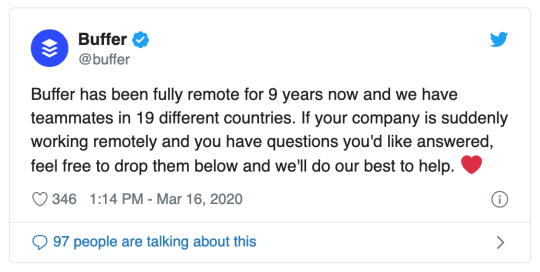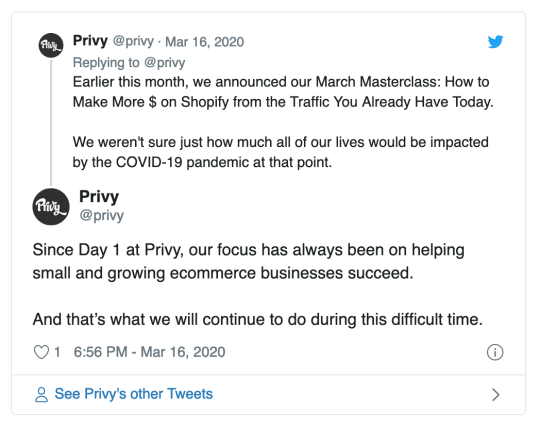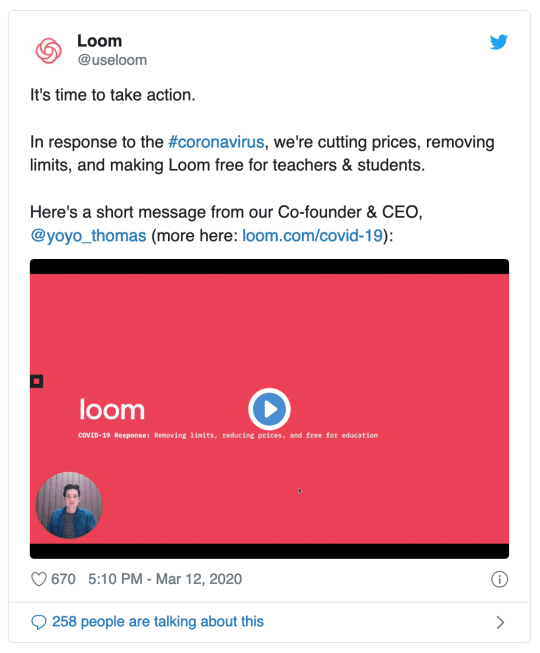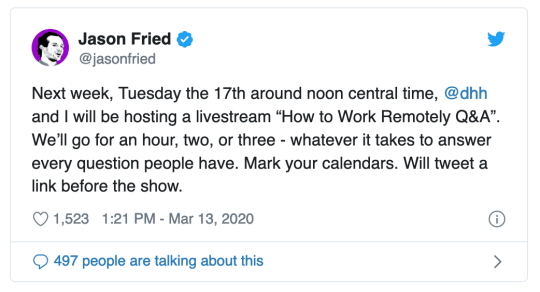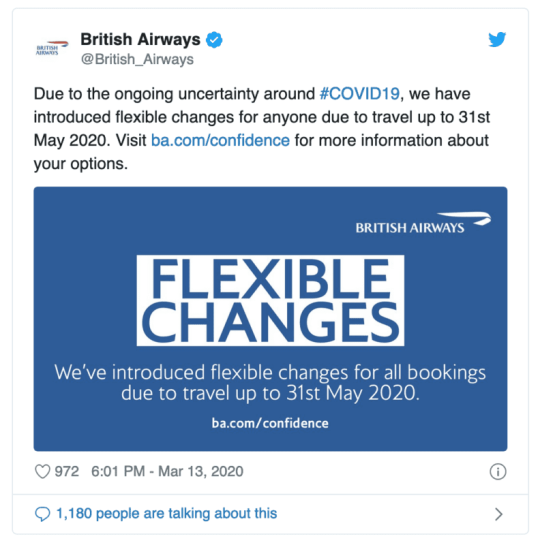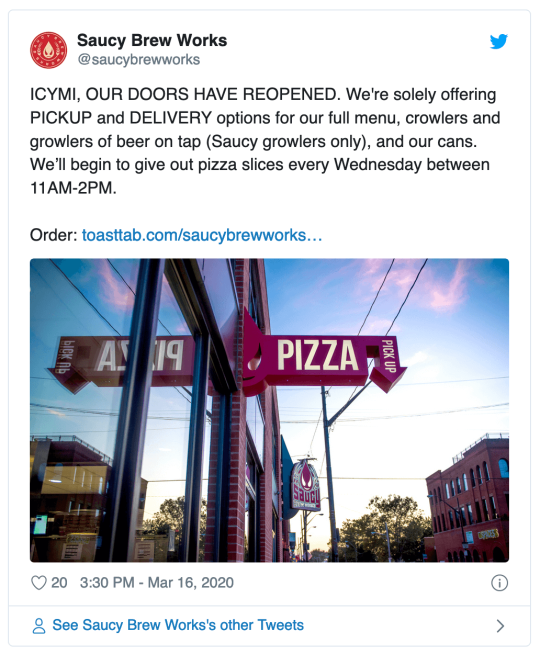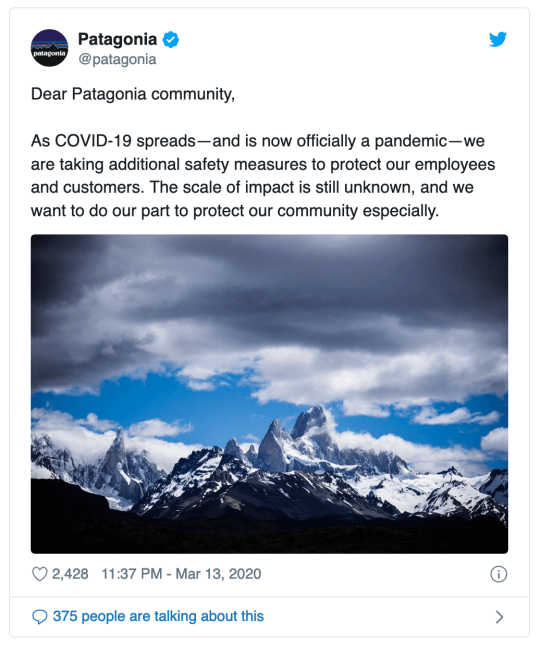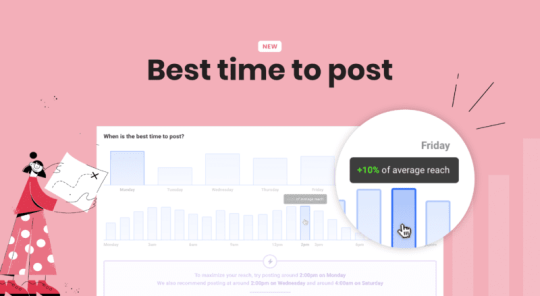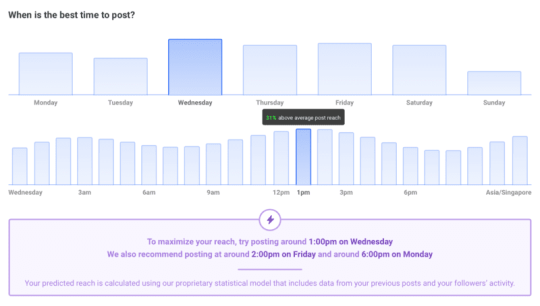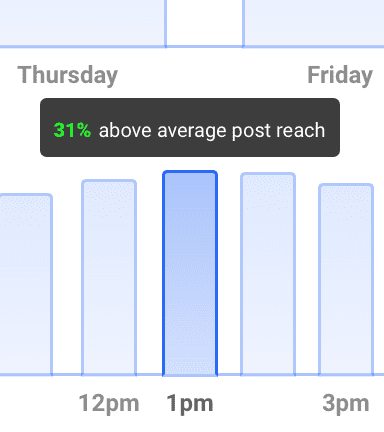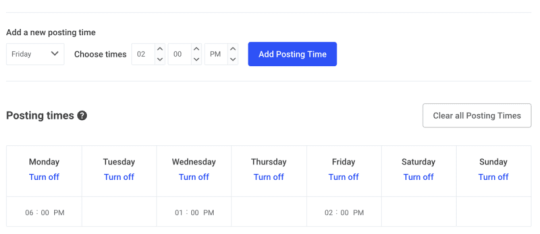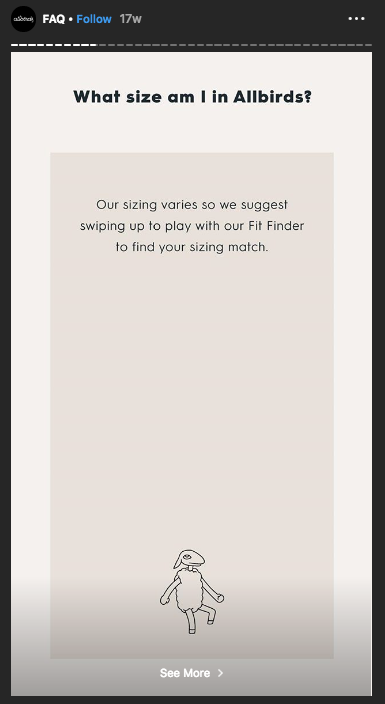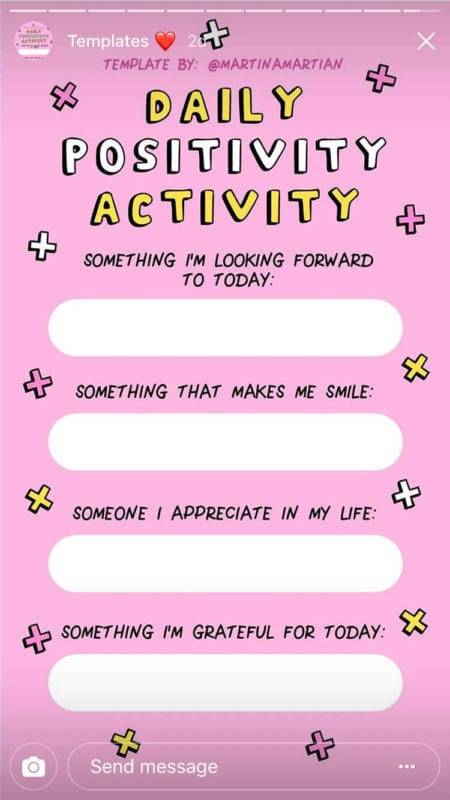
When I joined Buffer and opened my new Buffer email account for the first time, the email count read 200. I was momentarily stunned.
That was way more emails than I’d ever had in one place before.
Usually, when you set up an email account at a new workplace, your inbox is empty at first – people don’t yet have your email address and you aren’t on a bunch of email lists. I was planning on those few days or weeks of email bliss, where your inbox is nearly always zero.
I had known about Buffer’s value of transparency at work and about our practice of email transparency, but what I hadn’t realized was that sometimes the benefit of transparency can become a burden. That’s what was happening with transparent email.
Here’s why transparent email stopped working for us, and what we switched to instead.
Why transparent email wasn’t working for us anymore
Six years ago now, we shared a blog post detailing the exact workflows we used for transparent email. At the time, we wrote:
Our value of transparency extends all the way to the inbox. Every email is public within the team. Every bit of communication gets shared. Everyone knows everything. There are no secrets.
The idea is a sound one, and transparent email did solve a challenge for us. A lot of communication was happening via email, and we wanted everyone to be able to see emails transparently. Having specific email lists that we cc’ed or bcc’ed (click on that link above for more on that system) was a much more efficient way to work than to add each teammate individually.
So what stopped working?
We grew to a larger team size
The purpose of transparent email was to see conversations happening across any team and have all of the context you needed. It worked well for us when Buffer was a team of fewer than 30 people, but around and past that time, it started to get a little bit out of control. By the time we reached a team of over 80, transparent email was no longer easy to keep up with purely because of the volume.
If you look at it from a relationships standpoint, the formula for possible relationships means that at 80 people there were 3,160 possible relationships. Of course, every individual wasn’t always speaking with every other person at the company, but still, that’s a huge number of possible relationships to be communicating via email.
It put the burden of staying informed on the individual
Receiving several hundred emails in a week was a huge burden for teammates. They needed to leverage email to stay informed, maintain a system, and figuring out which conversations were relevant, and we placed that burden on individual teammates, rather than making a change at an organizational level. Teammates became responsible for keeping track of all internal conversations, while at the same time email was still a place for external conversations to come in as well and it was a lot to juggle.
On top of that, the feeling that I had opening my Buffer email for the first time happened to a lot of new teammates, and that wasn’t a great experience.
Filters didn’t always work
The best solution to that level of email was to create lots of filters to sort and organize all internal conversations based on the internal email address that was being cc’ed.
Having so many filters set up sometimes meant that people would miss out on emails that mentioned them, which isn’t a great result, but we spent a lot of time and energy trying to make these filters work with transparent email.
We created several detailed internal best practices documents filled with different systems for setting up filters and managing email. Our CEO, Joel Gascoigne, even outlined a project for an internal email tool, he wrote:
Email at Buffer is a little like the Wild West. With transparent email, the number of emails we individually receive as a 30 person team could be 5 or 10x the amount someone in a normal 30 person team would receive.
So we built an internal tool for email called Buffmail.
The result of all of this work was more work. Teammates needed to spend more time setting up filters and tweaking them when new teams were created or projects were kicked off. In the end, the issue wasn’t that we weren’t doing transparent email properly, it was that we had outgrown this system and needed to look for a new one.
Our new system for transparent internal communication
In the words of our Director of People, Courtney Seiter, we needed a tool to help us have “calm, deliberate and timezone-inclusive conversation and decision-making at Buffer.”
In addition to decision making, we wanted a space for work-related announcements and discussion in the form of longer, asynchronous conversations.
Our solution: Threads
We’ve mentioned Threads before as it’s a staple in our asynchronous communication. Threads makes it easy to have text-based conversations across the company and clearly mark decisions when they are made. It also works well with Slack; new Threads can be cross-posted to a linked Slack channel, which is a nice benefit.
Why Threads works for us
Threads is a much less overwhelming way for 90 people to communicate. It’s easy to skim a Space (that’s the Threads name for a specific area) to see if there’s any conversation you want to drop into, and there’s also a helpful button to mark something as follow up.
It’s also less likely that someone will miss a Thread that mentions them because of Threads’ notification system. Threads helps take the burden of staying informed off of the individual. If someone needs to be looped in, it’s easy to tag them, and if someone wants to skim a space, they can do so without getting alerted to every conversation.
How we set Threads up
In Threads, there are different “Spaces,” and anyone in that Space will see all of the Threads (discussions) created there.
We’ve set up Threads to have Spaces that everyone should be a part of, and other, optional Spaces depending on a teammate’s team and location.
Here’s how we’ve set up our Spaces:
Team Spaces
Any space that starts with “Buffer-” is intended for all teammates to permanently join with notifications on. For us, these spaces are:
- Announcements: For team-wide announcements
- Inclusion: To discuss diversity, equity, and inclusion
- Joel’s Memos: For thoughts from our CEO
- Recognition & Praise: For celebrating and recognizing teammates
- Retreat: For retreat info
- Time-off: For vacation plans and time off
- Town-Hall: An asynchronous space for town-hall questions for our CEO and leadership team
- Updates: For area updates
Area Spaces
Each Area has its own Space with the naming convention Area-AreaName, e.g. Area-Marketing. These Spaces are intended only for those who work daily in that area to join. Teammates can view any Area Space anytime but we ask that they view only and not join any area they don’t work in directly. We do periodic cleanups to help stick to this guideline.
Project Spaces
We have a small number of Project Spaces with the naming convention: Proj-ProjectName, e.g. Proj-Pricing. These are for projects that touch many different teams and have a finite end date.
Geographic Spaces
We have several geography-related Spaces, e.g. Geo-UK and Geo-Canada, for discussion about the Buffer teammate experience specific to those countries.
Help Spaces
We have two help Spaces, Help-People and Help-Tools. Help-People is for questions or help around things like benefits, moving, and other life changes. Help-Tools is for when a teammate needs help with any of the tools we use at Buffer.
When we make new Spaces
To avoid having too many Spaces, we currently default to trying to write a Thread in the best-fitting Space before creating a new Space. If after that is given a try it still feels like this topic needs a new Space, then we’ll create it.
—
We’ve been using Threads for over a year now and are still feeling like it was very much the right decision and choice to move away from transparent email. If you liked this blog post, check out this post where we talk about asynchronous communication and why it’s so important for remote work.
Thank Why Transparent Email Stopped Working For Us and What We Do Instead for first publishing this post.

